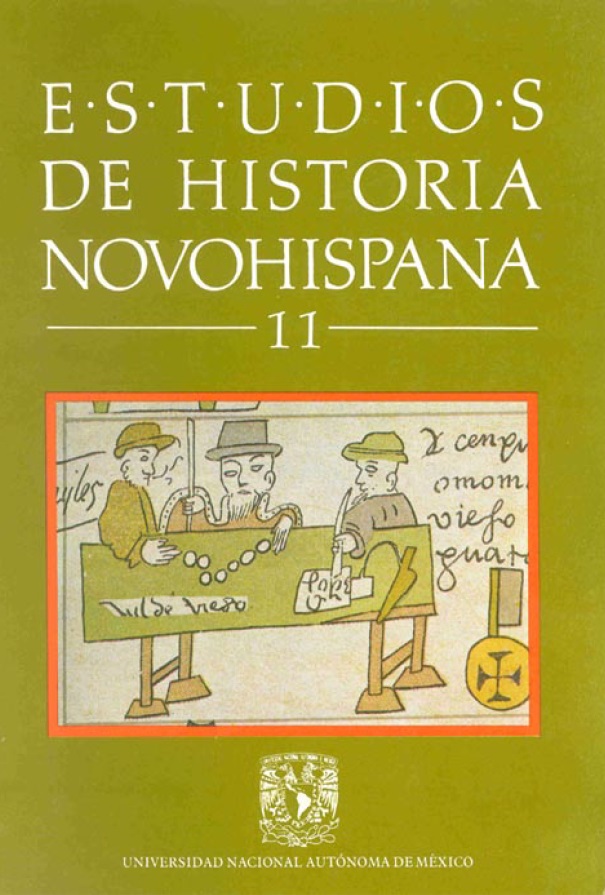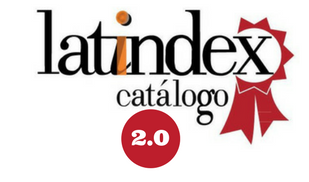Resumen
Mexico City, in the fifty years between 1770 and 1820 was far and away the largest urban entity in the Americas, with a population ranging between about 80000 and 120000 peop1e in this period. As a center of both production and consumption and the headquarters of the numerous agencies in the political and religious hierarchies, the capital had a major impact on the social organization and economic activities of rural areas and regional centers throughout the colony of New Spain. In its capacity as a mercantile entrepôt of the most prosperous colony in the Spanish empire at this time, Mexico City's reach extended across half the globe, with its merchants directing operations and interchanges from at least Manila -and by extension China- to Spain -and by extension England.
















